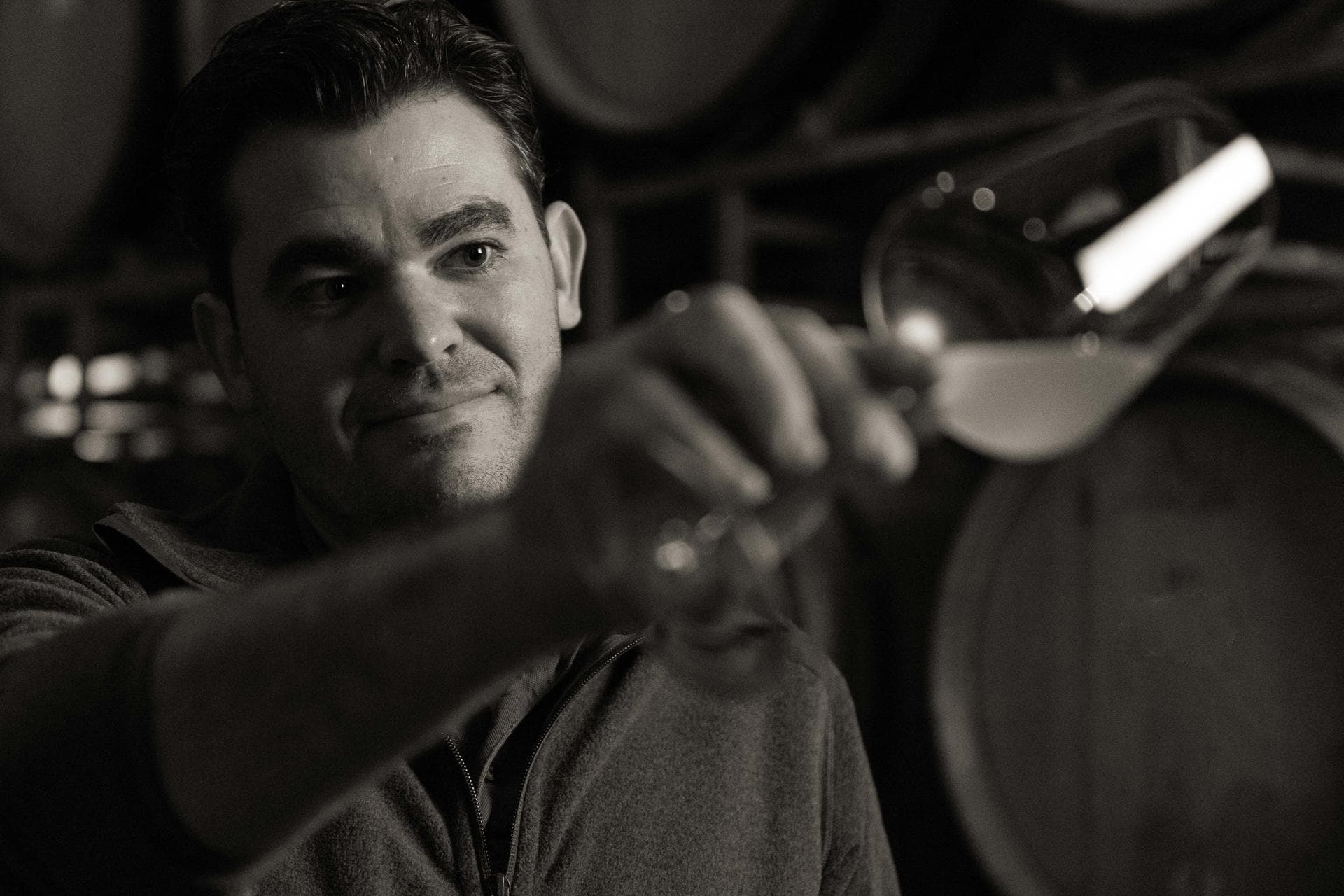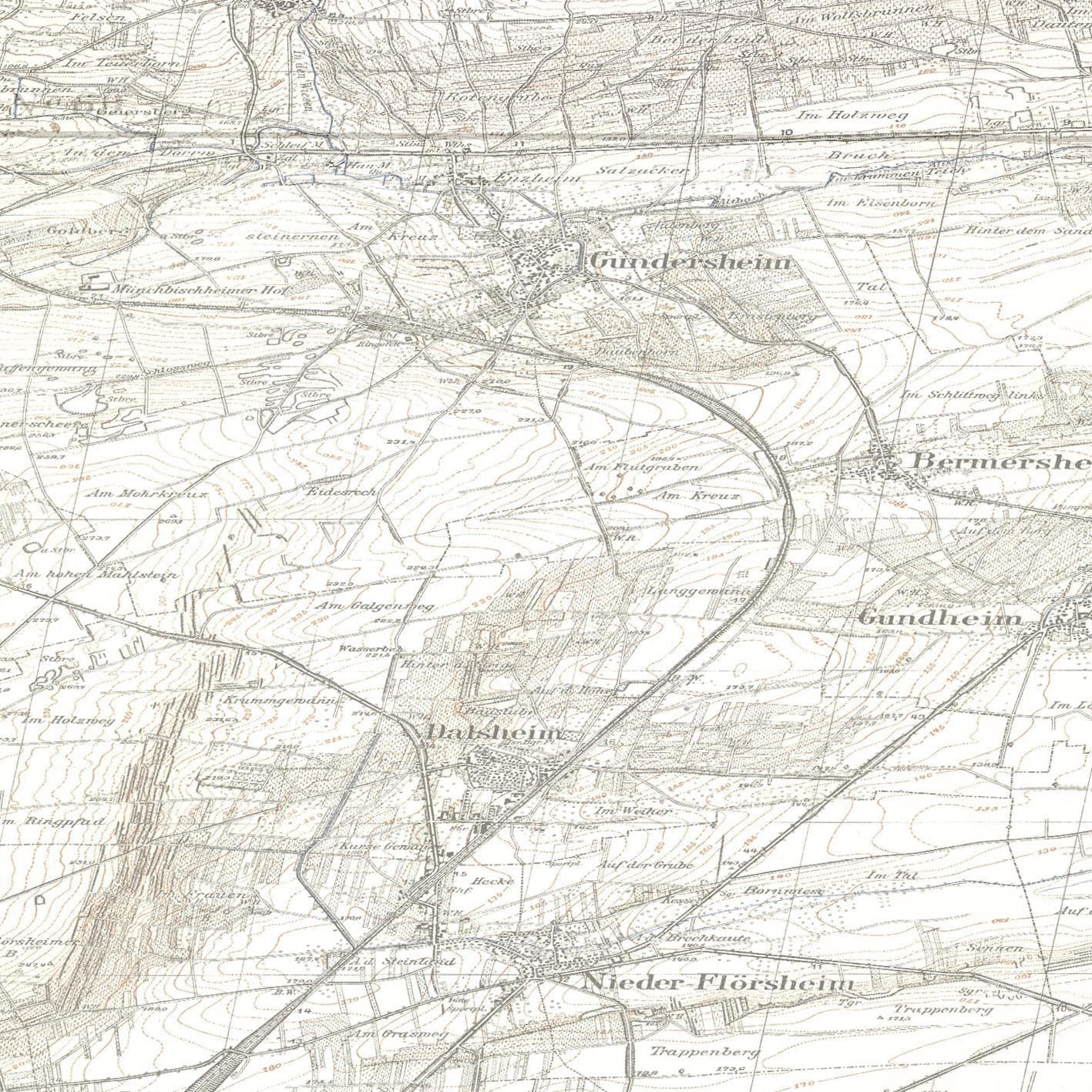Sparkling
Sekt and Secco—bubbling delights, produced using traditional methods or modern interpretations. Grand fun that lends a sparkle to any moment.

Wine Grows in the Vineyard.
The sentence is so painfully obvious, and yet it contains an unblemished truth—about wines that are proud to show their origin. The foundation comes through a sharply minimalist range of treatment that supports natural processes in the soil. Vineyards with vines from ancient hereditary plots, delivering a natural and varied spectrum of aromas. Intensive canopy work for gentle ventilation and thinning of the grape zone. Selective harvest.
„The vines are like our children, and require a great deal of care and attention. That’s why you talk about raising the vines.“
„All of the things you sense in the wine must come from the grapes—a reflection of each vintage and the soil. That’s why every detail of our work in the vineyards, however small, does ultimately matter.“
Florian R. Geil

Controlled Inaction in the Cellar.
„We don’t see the cellar as a place to add things to the wines, we’re only there to preserve and open up the character of each respective wine.“
“Gentle” is perhaps the best word for how we approach winemaking in the cellar. The processing of the grapes relies exclusively on gravity, no pumps needed. Fermentation takes place slowly, and the wines mature on the full lees until they are bottled, partially unfiltered. We don’t see the cellar as a place to add things to the wines, but we can help them develop and mature.
Our Best Sites
Perhaps no cultural product so clearly reflects its origins as wine. Even during the time of Charlemagne, it was clear that vineyards themselves were of varying quality—reflecting soil composition, bedrock, microclimate, and other factors. Fate has smiled upon us. We are blessed to cultivate several high-carat sites in the communities around our estate.

Karte aus dem 19. Jahrhundert, Copyright © [Österreichisches Staatsarchiv] – Alle Rechte vorbehalten (BKA-KA 3486/3502)
Frauenberg
200 – 210 m in elevation, exposition from southeast to east
Nieder-Flörsheimer Frauenberg was first officially mentioned in 1290 as “an frauwenhalten.” The hillside was originally in the possession of a nunnery. Today it is our top site for Riesling. Limestone cliffs with a layer of shell limestone gravel form the foundation for this outstanding site. Its elevation supports long maturation of the Riesling grapes, which perpetually shine for their mineral elegance and enormous complexity.
Frauenberg wines are always long-distance runners whose smiles grow as they age.
Bürgel
180 – 190 m in elevation, exposition from southeast to east
When young, this wine comes across as nearly austere, but with a bit of aging or aeration it emerges majestically.
Dalsheimer Bürgel was first mentioned in official documents in 1286 under the name “retro montem,” then again in 1290 under the moniker “uf dem berge.” This site, one of the finest anywhere in Rheinhessen, is home to two of our best Spätburgunder vineyards. The slope, which drops slightly towards the southeast, is composed primarily of clayey shell limestone soil, ideal for raising grand Spätburgunder. Wines from Bürgel are known for their enormous fruit, always with flinty accents and wonderful, silky length on the palate.
Höllenbrand
200 – 220 m in elevation, southern exposition
Gundersheimer Höllenbrand—first identified in official documents in 1437 under the name “in dem hilprant.” The switch to “im Höllenbrand” was first recorded in 1710. Since 2016 we’ve cultivated approx. 1 ha of Spätburgunder vines on a fine site here. Below the Höllenbrand, a purely south-facing slope, is a solid limestone block. Portions of this emerge to the surface throughout our vineyard. In those sections, the young vines sit upon a mere 20 cm topsoil layer atop that monumental block. As each year passes, the vines continue in their efforts to root down into the rock.
The wines we expect to begin harvesting here in the coming years are likely to be marvelously complex. Until they are ready, we bottle Höllenbrand fruit under the name “Frühwerk”—a portrait of a young vineyard in its early days of work.
Our Wine Collection
For any occasion, for any event, whether celebrating a peak or weathering a valley—always the right wines for the moment—a wine from Geils. Explore our portfolio!

Sekt and Secco—bubbling delights, produced using traditional methods or modern interpretations. Grand fun that lends a sparkle to any moment.

Our popular entry-level choice. Wine for daily consumption. Well-grounded authenticity in white, rosé, and red. Friendly prices, familiar joy.

Uncomplicated wines for every occasion, but always at a high level. Finesse, fruit and loads of feeling. This is the taste of good cheer—bottle after bottle.

Sourced from hand-selected grapes from carefully chosen vineyards. The result: extraordinary wines that sing unmistakably of their origins with every sip.

Grand wines from our finest vineyards. Enormous minerality, complex depth, yet also nuanced elegance. Highly expressive and cellarable. Terroir at its finest.

Dessert wines—a classic German tradition. Art and culture in one. Prepared from highly ripe grapes, the bottles can mature for virtually an eternity.